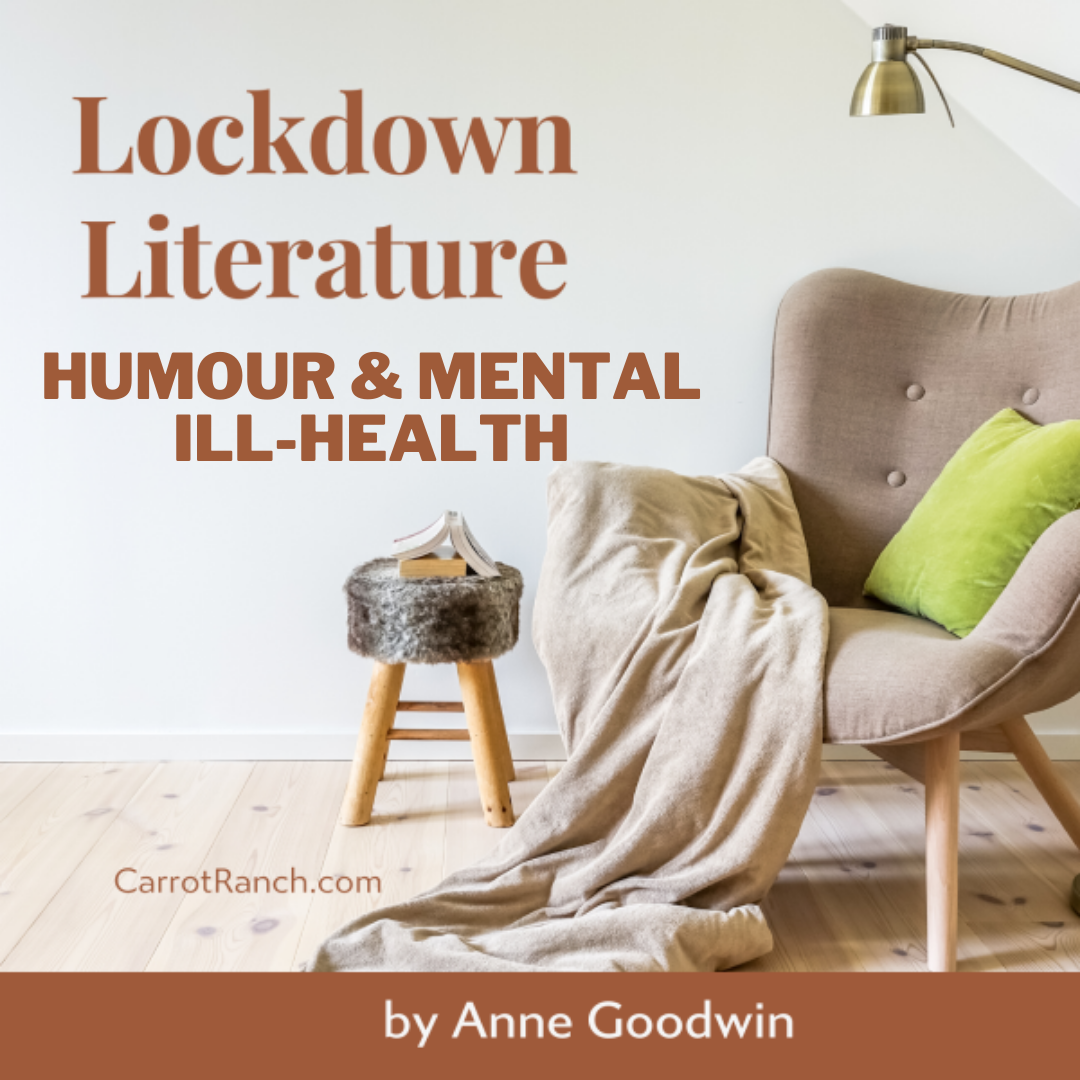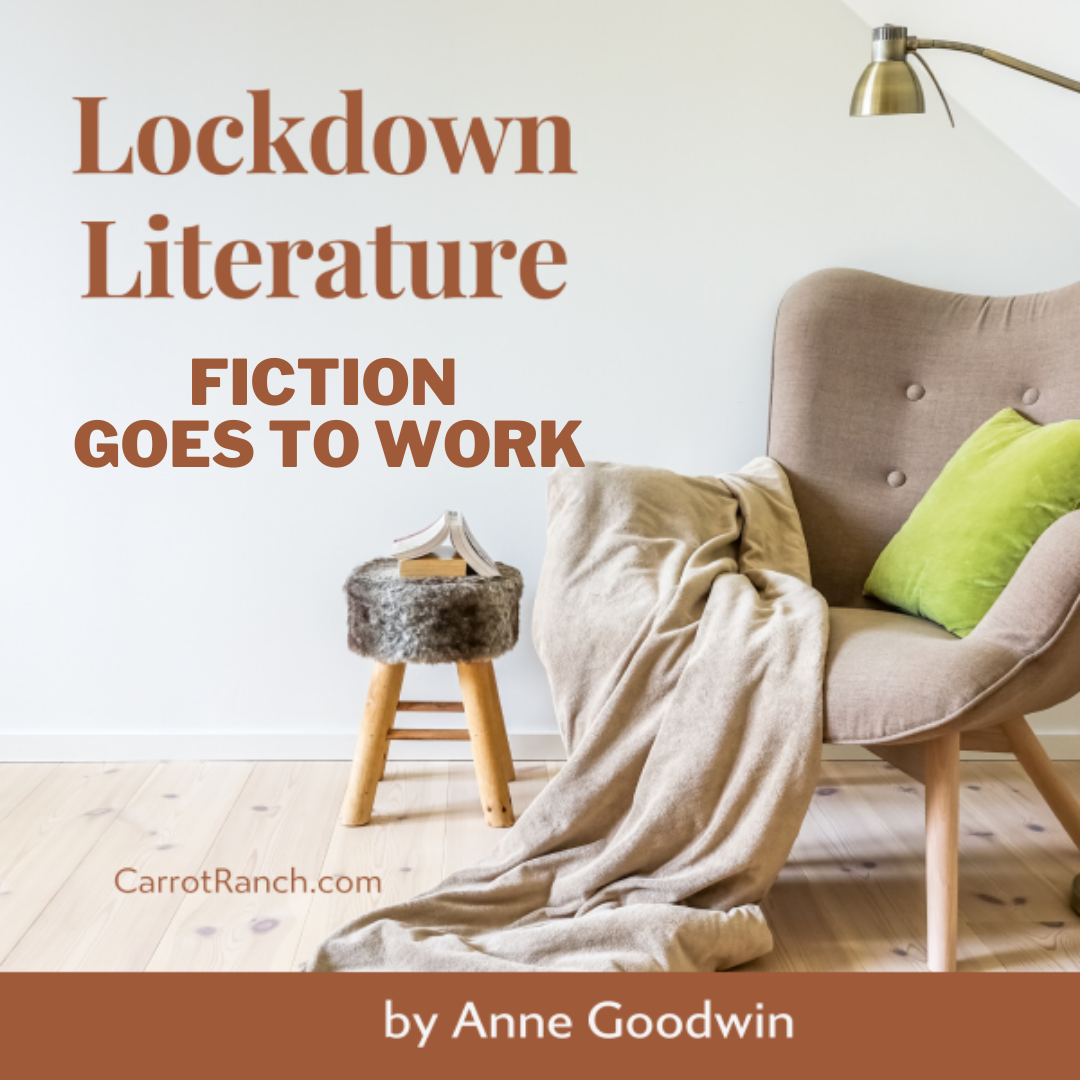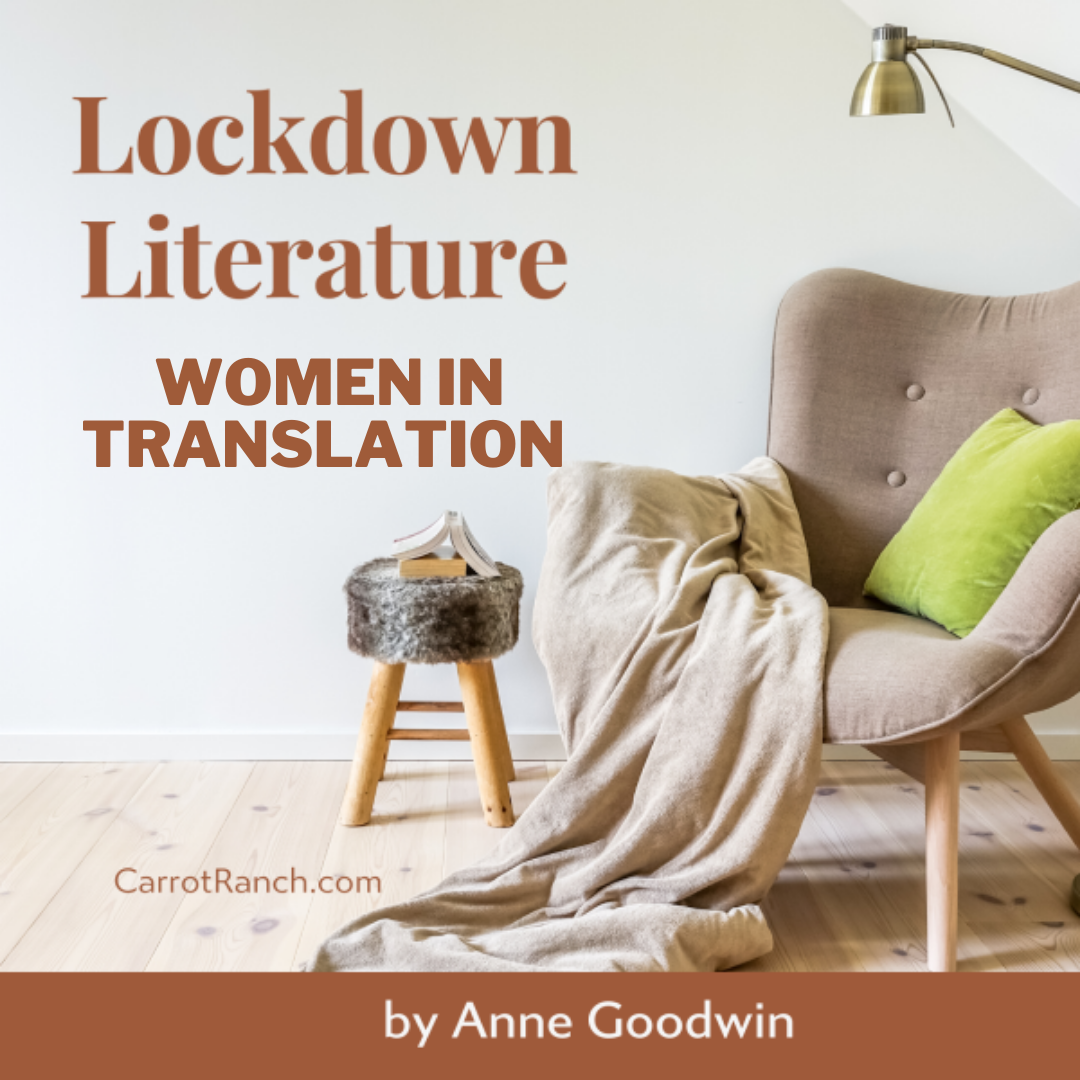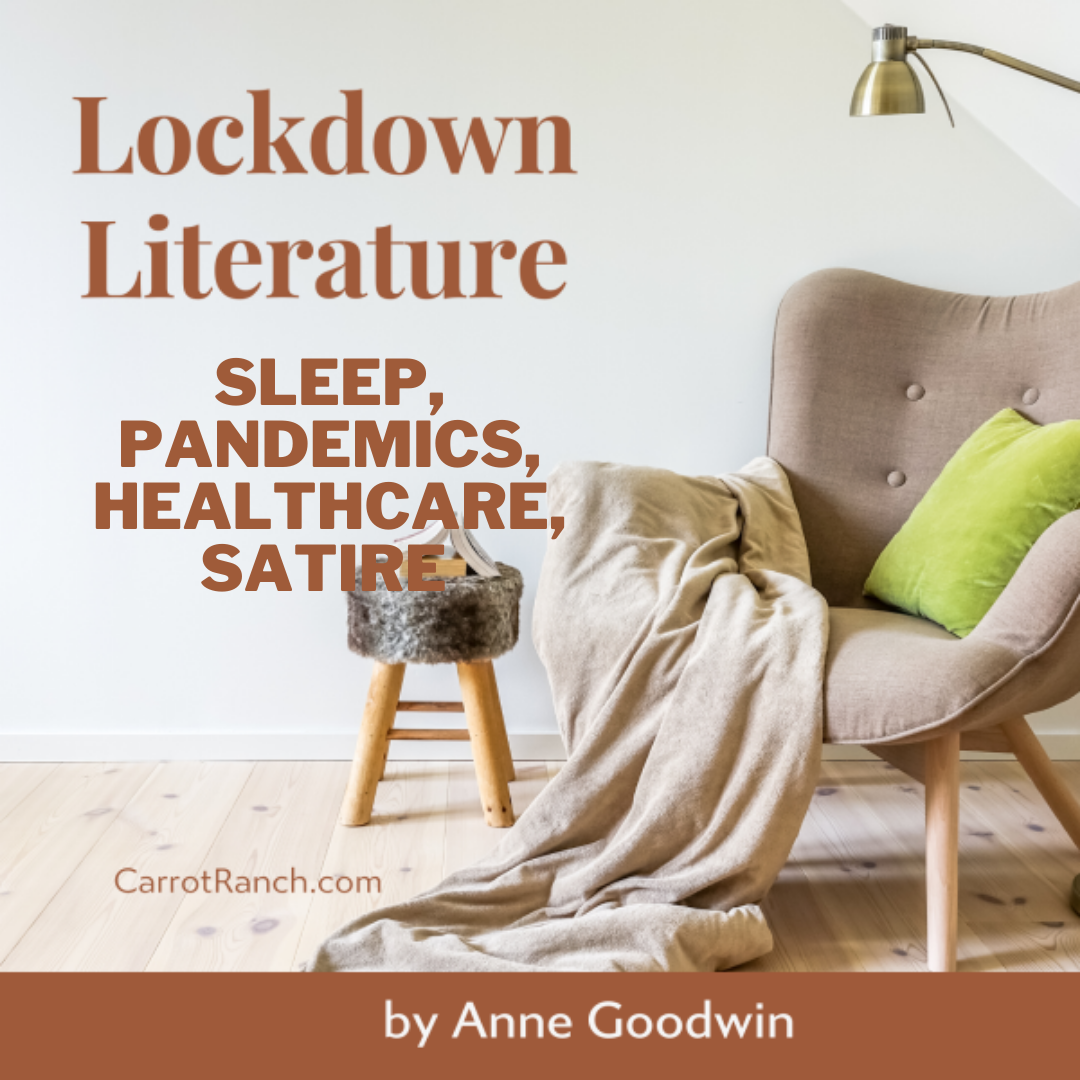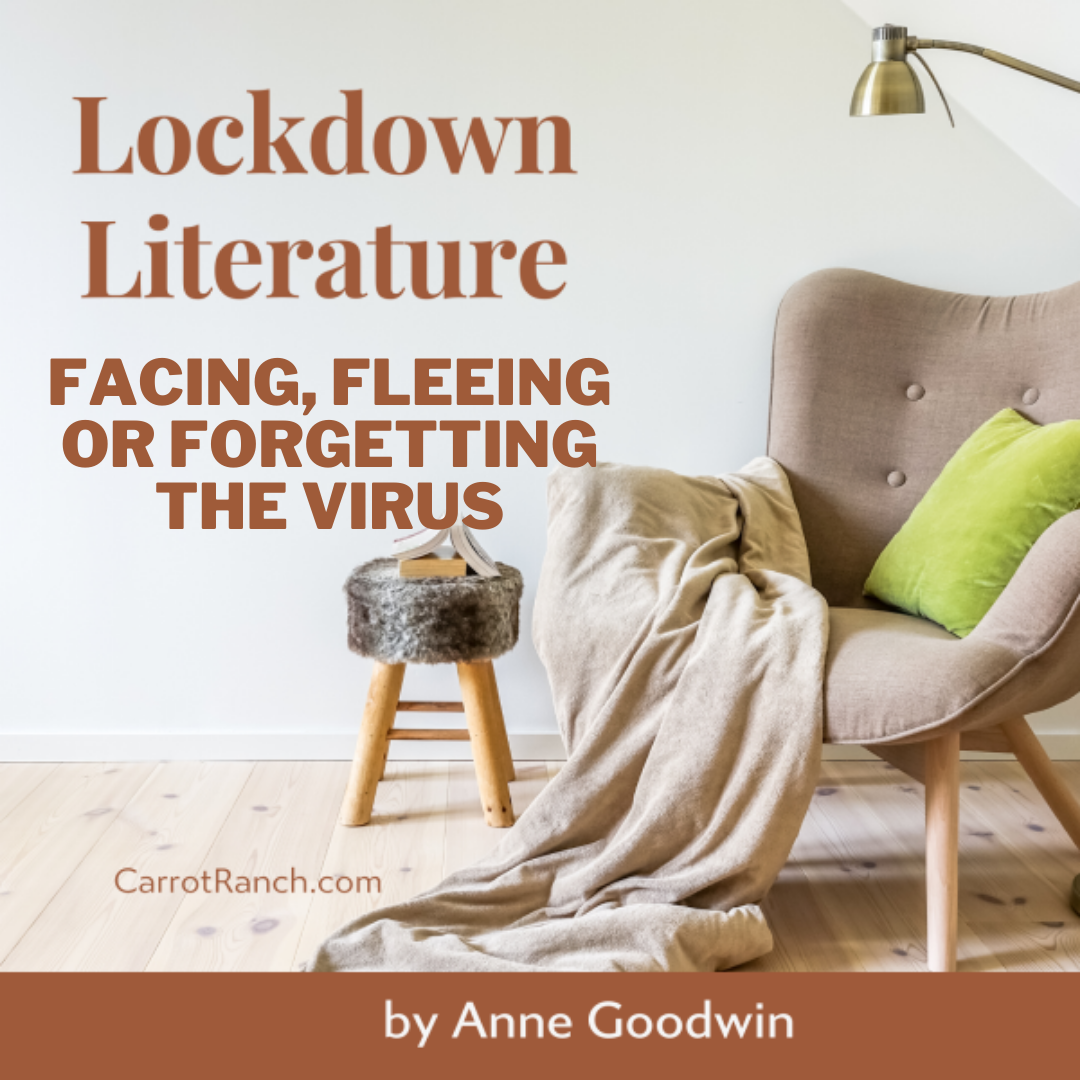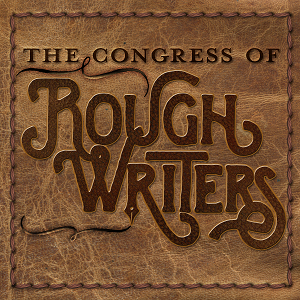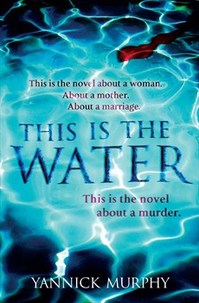
This is the water. This is the text: letters forming words, words forming sentences, sentences making paragraphs to convey the story of the pool and the girls and boys who swim in it and the parents who ferry their children there. This is Chapter One where you enter the minds of swim moms ultracompetitive Dinah and beautiful but weary Chris. This is Annie who will lead you through the chlorinated water where the killer also swims. This is Annie, confused by her brother’s suicide and her husband’s emotional distance, corsetting her girls into their skin-tight racing suits and deliberating over overpriced energy drinks.
This is Chapter Fifteen. This is you still ambivalent about the “unique narrative style”, wondering if it’s slowing the pace unduly, wondering why this novel is described as a thriller. This is Annie’s husband, Thomas, reading a newspaper report about a girl with her throat slit letting you see at last how well this novel fits the genre. These are the next 200 pages of moral dilemmas around marital infidelity and withholding evidence to protect one’s own skin. This is the climax where Annie’s everyday cares and concerns are meaningless as she fights for her own life and that of her daughters.
This is me wondering how many other bloggers have adopted the author’s style in their reviews. This is Yannick Murphy’s fifth novel. This is the water. Will you plunge in?
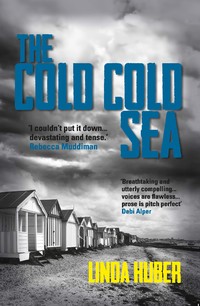
Meanwhile, Philip has stayed on in California to be with his grandmother in the final weeks of her life, hoping his fragile wife is coping without him on the anniversary of their tragic loss. Back in Cornwall, Maggie is struggling to accept that, although no body has been found, her daughter, Olivia, must have drowned a few days short of her fourth birthday. These three strands converge to make Linda Huber’s second novel an unsettling and compelling read: an unputdownable story that had me in tears.
Reading these novels in sequence with my post on The Long Shadow earlier this week, has got me thinking more closely about structure in novels, and especially the difficult decision about how to start. It can be hard to find the right balance between introducing the characters before they face their first crisis (the inciting incident or call) and grabbing the reader’s attention from the first page. As is probably apparent from my review, I thought This Is the Water lingered too long on the social structures of the swimming club and the personalities of its members. The Cold Cold Sea kicks off with the right level of tension in a prologue describing a little girl finding herself out of her depth among the waves. From there, we follow Maggie and her husband, Colin, as their anxiety about their missing daughter turns to grief. Yet I might have found the novel even more compelling if I’d been transported straight from the prologue to the dilemmas of schoolteacher, Katie, since the detailed attention to the police procedures and parental anguish led me to expect a different kind of novel focused on how conflicting methods of coping with a shared tragedy can force couples apart. I offer this observation less as a criticism of the novel and more of a reflection on how as writers, we read both for the pleasure and for instruction in how to write a novel of our own. I’d love to know your views on this, or on any other aspect of this post.
This ought not to be an afterthought, but it was only after publishing this post that I realised that my short story The Beach Where He Found It in the August issue of Words with Jam is on the very same themes of water and the loss of a child. Do pop over and read it if you have time.
Thanks to the respective publishers for my review copies: Headline Books for This Is the Water; Legend Press for The Cold Cold Sea.

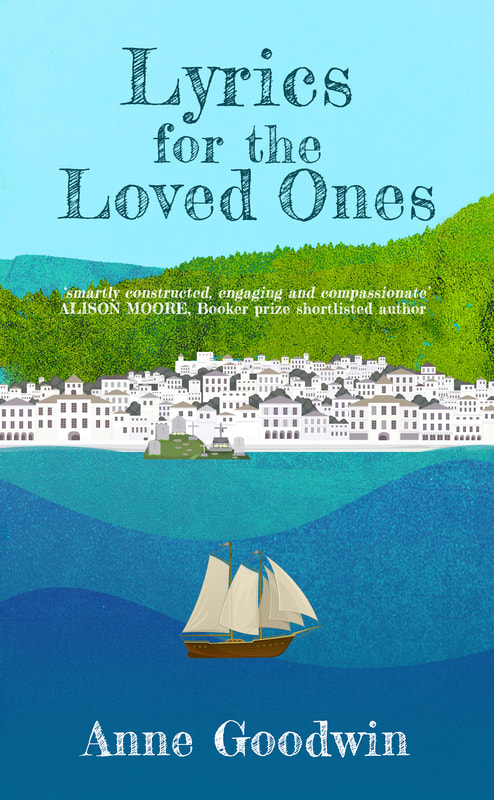
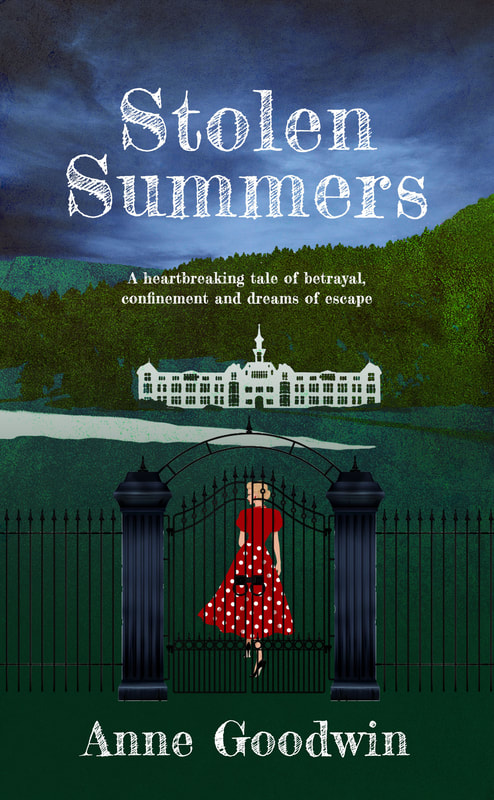





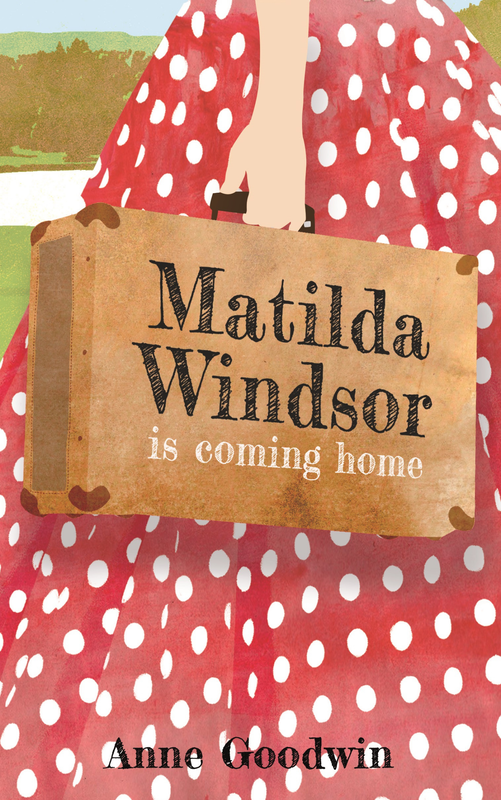


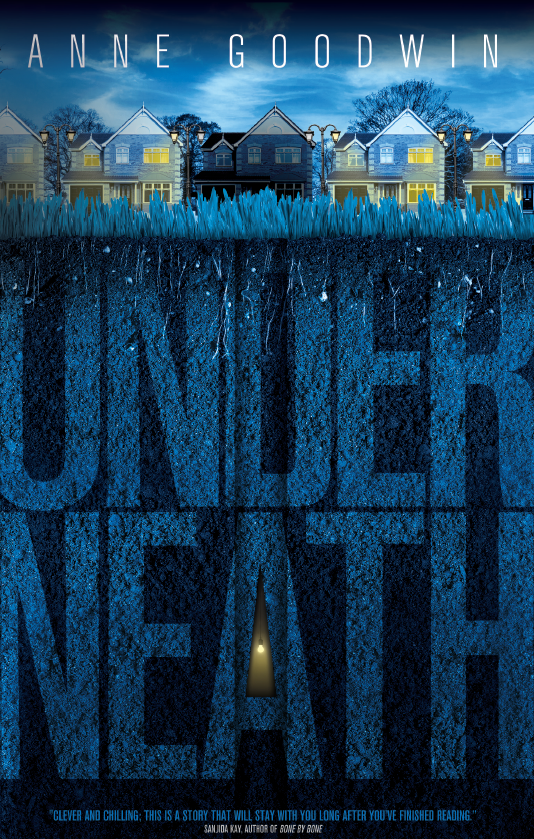
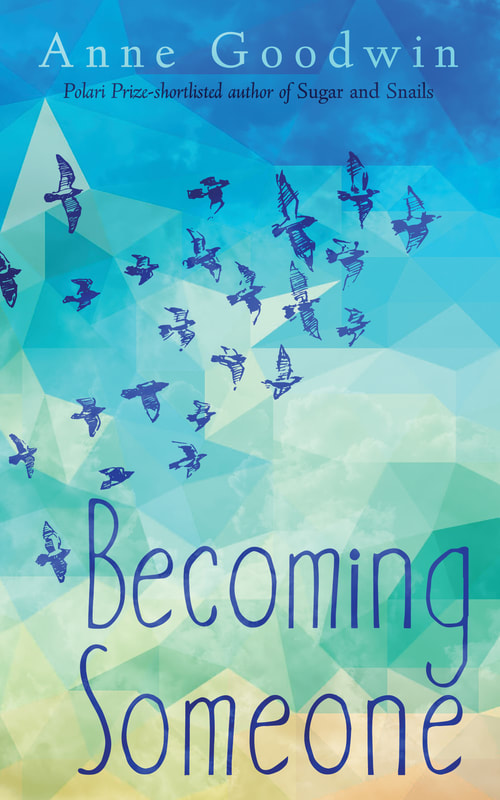








 RSS Feed
RSS Feed




